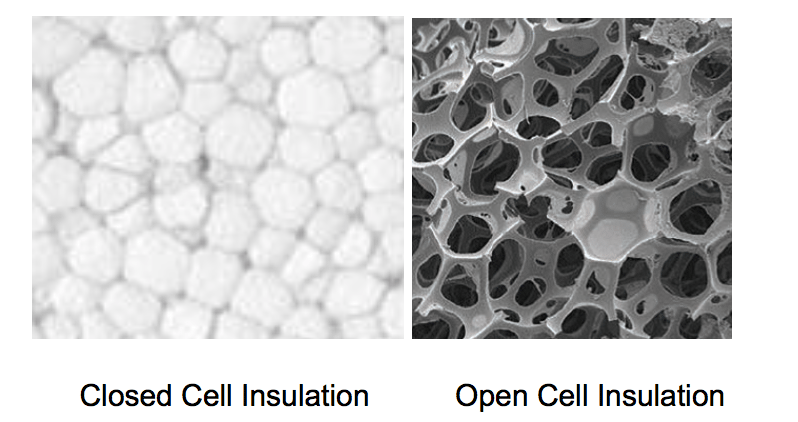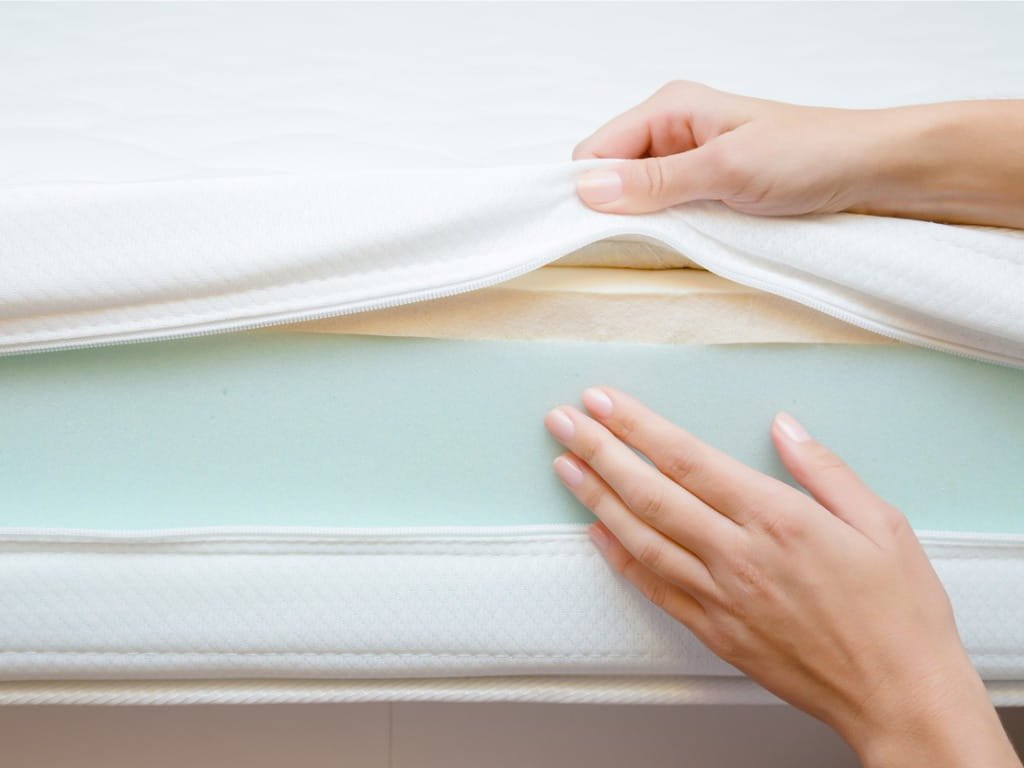Foam is everywhere in our daily lives, from the mattresses we sleep on to the cushions in our sofas. But here’s the thing: not all foam is the same. Its breathability, comfort, and durability all depend on the tiny architecture of the cells inside.
The two main types of foam you’ll encounter are open-cell and closed-cell, and each offers unique perks depending on what you need. Here’s a simple guide to help you figure out the differences and choose the best foam for your home.
What is Open-Cell Foam? (The Breathable Comfort Layer)
Imagine a sponge. Open-cell foam is designed with tiny, interconnected cells that let air and moisture sail right through. This breathable structure is what makes open-cell foam inherently soft and plush, allowing it to cuddle up close to your body.
| Why We Love It | The Trade-Off | Best for… |
| Cooling & Comfort: Provides excellent pressure relief and helps keep you cool by letting air circulate. | Moisture Magnet: The foam can soak up moisture, making it susceptible to spills and humidity. | Comfort layers in mattresses, pillows, and sound-absorbing materials. |
| Quiet Conformity: It’s soft and silent, making it comfortable for long sitting or lying sessions. | Softens Up Over Time: May get softer and break down faster, especially in high-use areas. | A soft, pressure-relieving feel. |
Best Uses: You’ll find open-cell foam, like memory foam, primarily used in comfort layers where that conforming, plush feel is the goal.
What is Closed-Cell Foam? (The Durable Support Layer)
In contrast, closed-cell foam has cells that are completely sealed, trapping gas inside. This structure makes the foam much denser and harder working. It’s naturally firmer than open-cell foam and retains its shape well under weight, making it excellent for holding things up.
| Why We Love It | The Trade-Off | Best for… |
| Durability & Water Resistance: Super durable, excellent for structural integrity, and shrugs off water penetration. | Warmth & Stiffness: Sealed cells limit airflow, which can cause it to feel warmer and stiffer when you touch it. | Structural support layers in mattresses, gym mats, and packaging. |
| Holds its Shape: Great for high-stress applications and resisting permanent squishing. | Less Conforming: It won’t hug your body or provide the same plush pressure relief. | Areas exposed to moisture or needing serious support. |
Best Uses: This type of foam is the workhorse—it’s commonly used in outdoor cushions, gym mats, shoe soles, and the support cores of mattresses.
The Breathability vs. Durability Trade-Off
When you’re choosing foam, you’re essentially balancing two main goals:
- Open-cell foam wins on breathability and comfort. It’s your friend on warm nights.
- Closed-cell foam wins on durability and structure. It’s built like a tank under pressure.
While open-cell isn’t as tough under heavy use, closed-cell sacrifices some airflow for that long-term strength and shape retention. Neither one is universally “better”—it’s all about what the foam is meant to do.
How to Choose the Right Foam for Your Needs
For Mattresses and Pillows
The best mattresses often use a combination of both types!
- Top Layer (Comfort): Use open-cell foam or ventilated latex to enhance airflow and provide crucial pressure relief.
- Core Layer (Support): Place closed-cell foam (or high-density polyfoam) in the core for long-term stability and support.
For Seat Cushions
- Indoor Comfort: Look for medium to high-density open-cell foam. It provides daily comfort and a soft landing.
- Outdoor or High-Spill Areas: Closed-cell foam is the clear winner. Its durability and water resistance make it perfect for the great outdoors.
Care and Maintenance Tips
A little care goes a long way in extending the useful life of your foam products:
- Protect from Moisture: Use breathable waterproof covers on mattresses and cushions. This is especially vital for open-cell foams.
- Allow Airflow: Ensure air can circulate under beds and sofas to keep foam dry and prevent yucky mildew.
- Rotate: Rotate and flip cushions regularly to distribute wear and avoid permanent dents.
- Avoid Heat: Excessive heat can break down both foam types faster—keep them away from direct sunlight or radiators.
Conclusion
Both open-cell and closed-cell foam offer distinct advantages, and the key to choosing the right foam is to match its properties to your specific needs. Open-cell foam is the go-to for comfort and breathability, while closed-cell foam excels in durability and support. By combining the two strategically in your home furnishings, you can enjoy the perfect balance of comfort and longevity.



